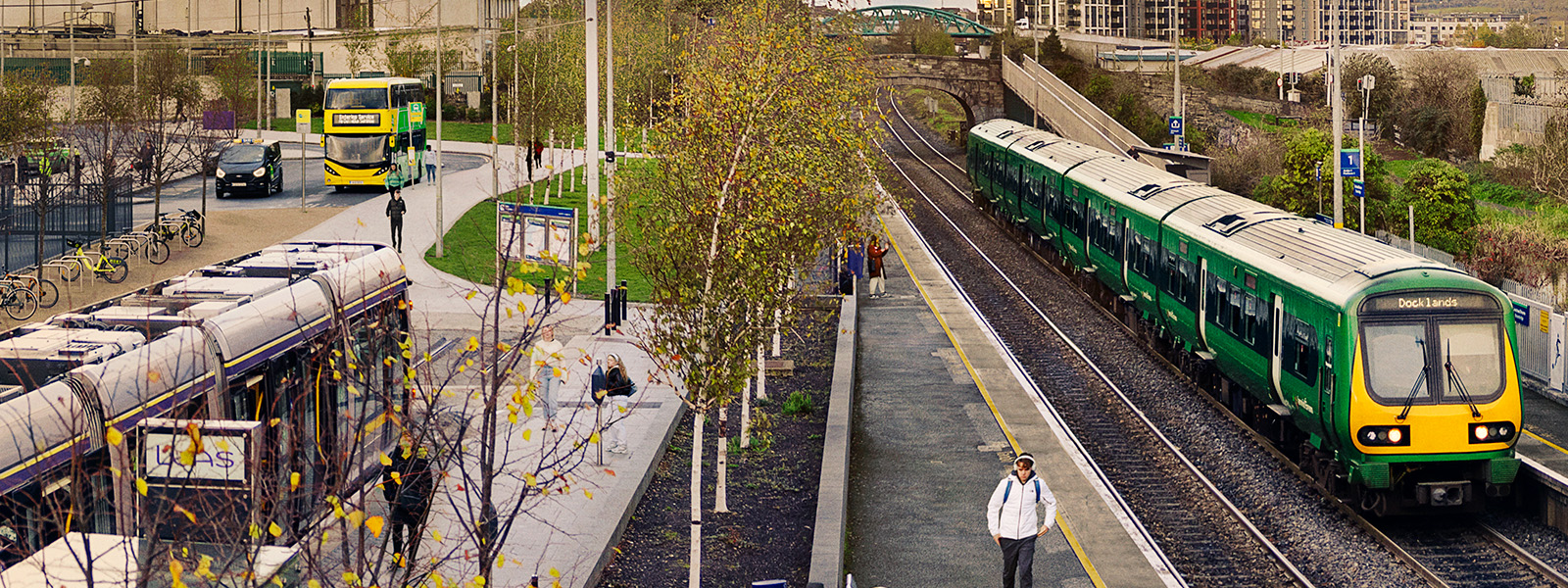Transport Modelling in the NTA
Transport modelling using mathematical techniques to create future year scenarios for population growth, land use, and transport networks, and assessing the impacts of these changes.
This involves using future land use scenarios to estimate the travel demand in a future year in order to understand how this will impact upon transport systems in terms of factors such as travel time and congestion, environmental and safety impacts, and accessibility.
In addition, the NTA undertakes modelling to evaluate the impact of public transport investment schemes such as Bus Connects, Dart Expansion, and Metro North.
The Need for Transport Modelling
We undertake strategic modelling to analyse planned transport investments and make informed decision for Ireland’s future.
The NTA undertakes transport modelling to support transport investment by enabling planners to make informed and data driven decisions. As Ireland’s population continues to rise in line with the National Planning Framework, there is a need to ensure that transport infrastructure investment is undertaken to best meet the needs of our citizens. Through the use of the NTA’s suite of modelling tools, we work to support these investments with in-depth data-driven analysis.
Modelling Approach
The National Transport Authority models follow an international best practice transport modelling approach, specifically a variation on the traditional four stage model.
The modelling methodology can be summarised as following:
- Projected land use and population distribution is agreed upon for a future year, and the area under examination is divided into zones.
- Based on this land use, the number of trips generated by and attracted to each zone is calculated.
- Following this the number of trips between each origin and destination is calculated, as well as the mode share for each pair.
- These trips are assigned to the future year transport network.
The impacts of these trips are evaluated in terms of a number of factors including travel time, congestion, environmental impacts, and road safety.
